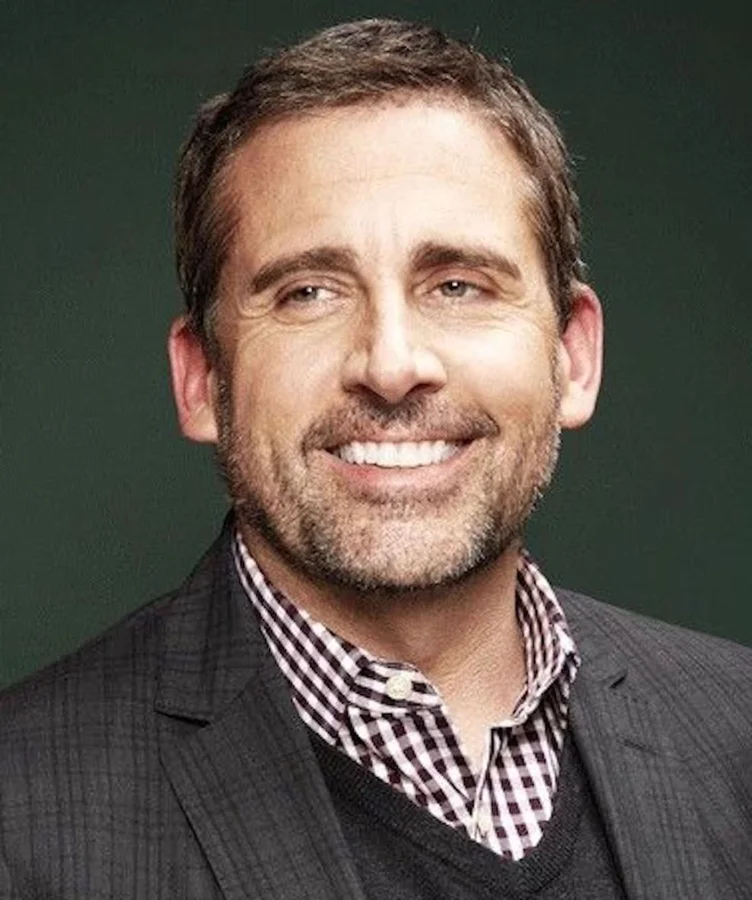Steve Carell’s Michael Scott return in the finale of The Office rekindled memories of the beloved character, but also underscored why Carell’s departure before the show’s final seasons was the right choice for preserving his legacy. Filmed several years after Carell left the series, the brief cameo at Dwight and Angela’s wedding highlighted the natural conclusion of Michael’s time at Dunder Mifflin Scranton and marked a poignant farewell to the iconic branch manager.
Carell’s unexpected return was both a nostalgic moment for fans and a reminder that the show had moved on from its original magic. The episode’s tone and the changed dynamics among the characters emphasized that Michael Scott’s story was complete, and that further appearances might have diminished the impact he had during his tenure.
Steve Carell’s Cameo Offered a Memorable but Limited Contribution to the Finale
Although Steve Carell’s appearance as Michael Scott was positioned as a memorable highlight of The Office series finale, it ultimately added little in depth to the episode’s storyline. His involvement was limited to delivering two lines and sharing a heartfelt reunion with Dwight Schrute, underscoring Michael’s role as best man in Dwight and Angela’s wedding.
The return featured classic Michael Scott humor, including a well-executed “That’s what she said” joke, maintaining the character’s signature comedic style. Additionally, Michael’s reflection on seeing Dwight and Angela marry felt intimate and character-appropriate, but the overall interaction seemed restrained and somewhat hesitant.

At times, Carell appeared uncertain during his return, pausing awkwardly before his entrance and hesitating with his lines, which suggested that stepping back into Michael Scott’s persona was challenging after years away. This hesitation contributed to a feeling that Michael no longer commanded the center stage on Dunder Mifflin’s Scranton branch as he once had.
His modest role was likely a deliberate choice by Carell, known for humility, avoiding overshadowing his fellow cast members during the finale. Yet, this subdued presence inherently signaled that Michael Scott belonged to an earlier era of the show, no longer fully integrated with his former colleagues or the series’ current tone.
Michael Scott’s Journey at Dunder Mifflin Had Naturally Ended by Season Seven
It made narrative sense that Michael Scott seemed somewhat out of place during the series finale, as the story was set over three years after he had left Scranton to start a new life with Holly Flax. This gap illustrated how Michael had evolved beyond the character viewers originally knew, having fulfilled his personal and professional goals.
Carell’s exit in season seven coincided with a completed character arc for Michael Scott. His decision to leave was aligned with the storyline’s natural conclusion, avoiding unnecessary extensions of the character’s presence that could have weakened his development. After years of transformation—from a cringe-inducing misfit to a beloved and empathetic figure—Michael’s departure marked a fitting end to his narrative.
Steve Carell collaborated with The Office’s showrunner, Greg Daniels, early in the series to reshape Michael from a harsh and unlikable boss into someone audiences could root for. This character rehabilitation became central to The Office’s emotional core, creating investment in Michael’s eventual happy ending with Holly.
Michael’s departure was not just a plot decision but a conscious effort to preserve the integrity of the story and leave the series grounded. While his exit was important, it was not the sole factor behind the difficulties the show faced in later seasons.
Departing at the Right Moment Safeguarded Michael Scott’s Enduring Reputation
The challenges The Office encountered in its eighth and ninth seasons were not primarily due to Michael Scott’s absence, but rather a decline in the series’ overall quality that began before Carell’s departure. Following peak seasons two through five, the show’s critical reception started to taper.
By leaving when he did, Steve Carell prevented the risk of tarnishing Michael Scott’s character with the less successful final years of the series. His decision insulated the character’s legacy and helped ensure that Michael remained an iconic figure in television comedy, remembered fondly for the right reasons.
The series finale acted as a respectful coda to one of television’s most acclaimed comedies, bringing closure to a narrative that had resonated for nearly a decade. It is arguable that the final seasons, despite their flaws, allowed the show to reach that conclusion, while allowing Michael Scott’s story to rest on a high note.
Had Michael continued as a central character beyond season seven, it might have prolonged the show’s decline and undermined the warmth and originality that defined his role. Carell’s timing preserved the dignity of both the character and the series.
Reflecting on Michael Scott’s Legacy and The Office’s Cultural Impact
Steve Carell’s portrayal of Michael Scott remains a defining feature of The Office’s enduring popularity. His return in the finale served as a bittersweet reminder of the character’s journey and the significant role he played in shaping the show’s identity. This carefully timed comeback affirmed that sometimes stepping away at the right moment is essential for maintaining a character’s powerful legacy.
The Office continues to be celebrated as a pioneer in mockumentary-style sitcoms, with Michael Scott at the heart of its success. While later seasons struggled to capture the same magic, the foundation Carell laid during his tenure unquestionably shaped the series’ lasting cultural relevance and appeal.
Looking ahead, Michael Scott’s story stands as an example of how a character’s growth and conclusion can have a profound impact on both a show’s trajectory and its reception. Steve Carell’s choice to leave The Office on his own terms highlights the benefits of preserving creative integrity over extending a role beyond its natural lifespan.
